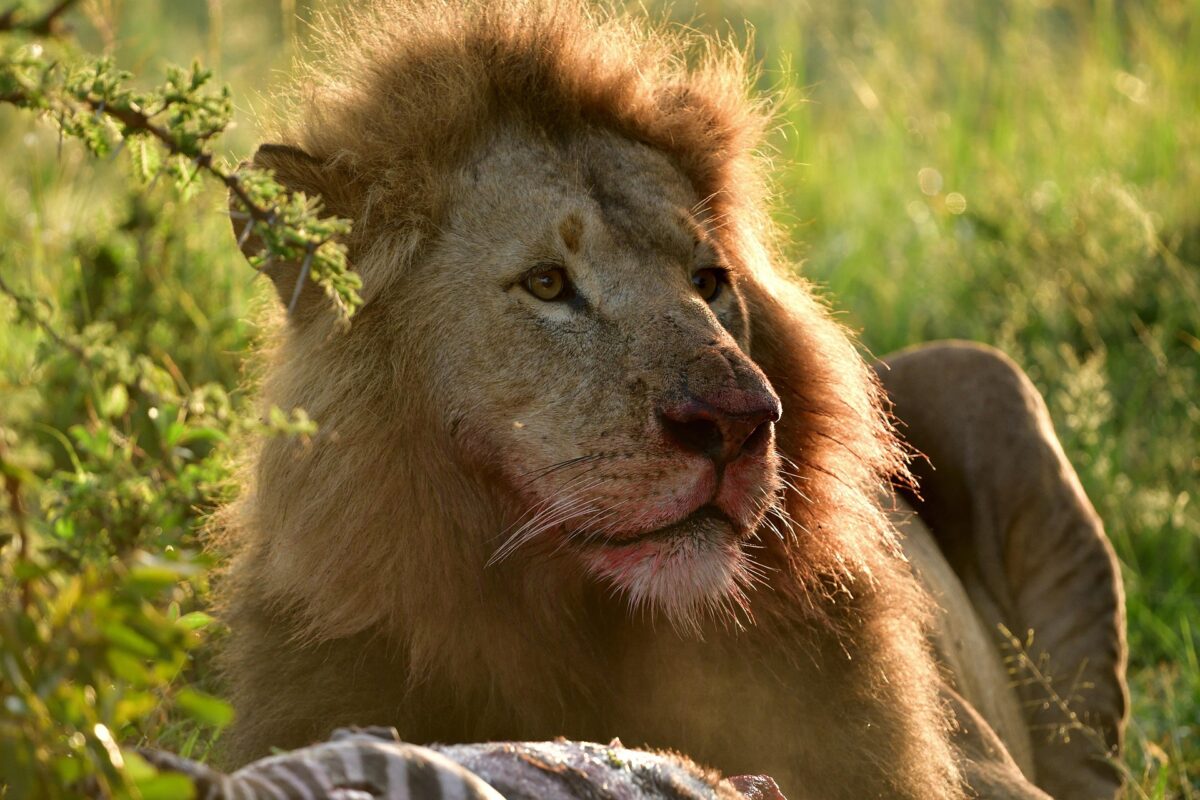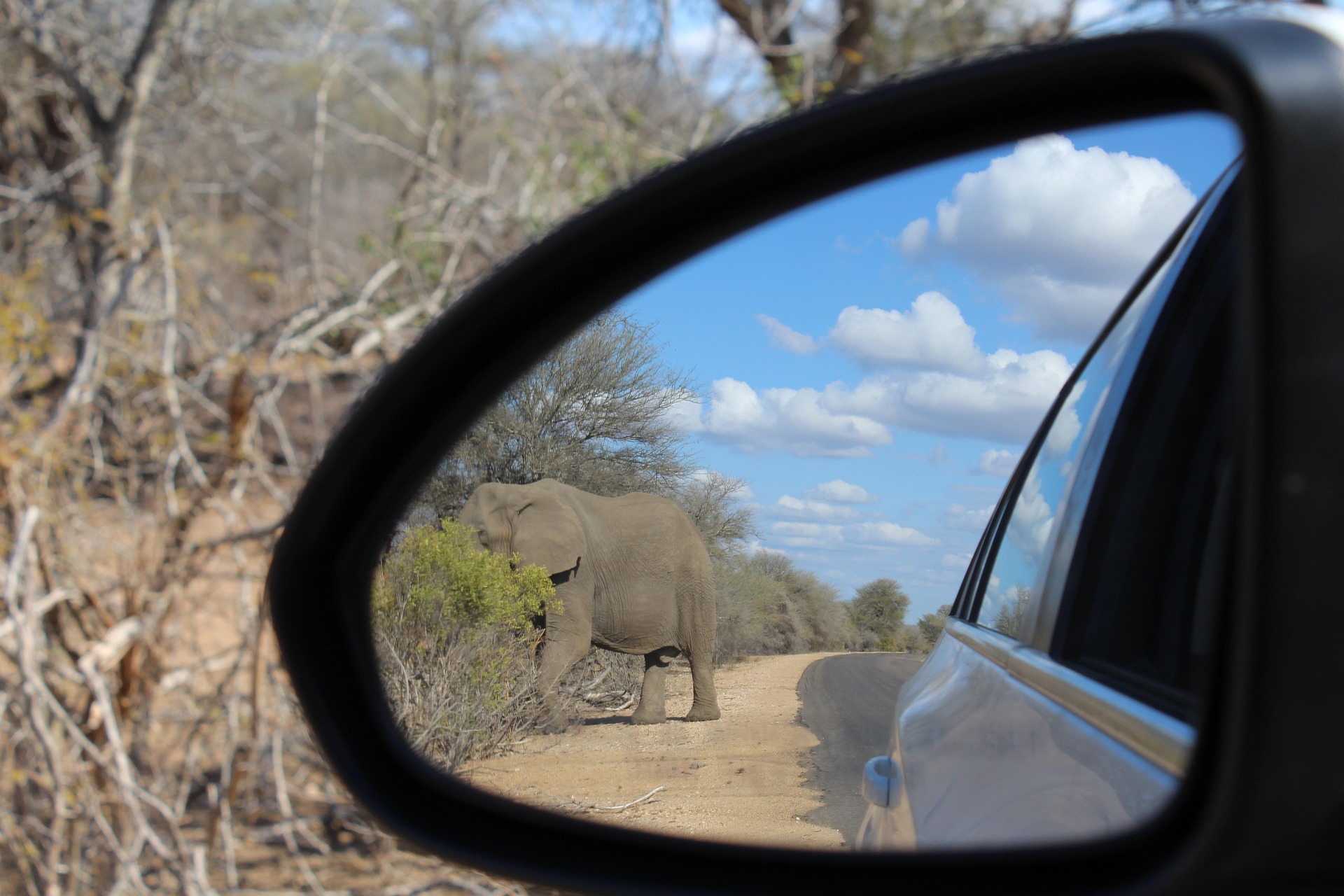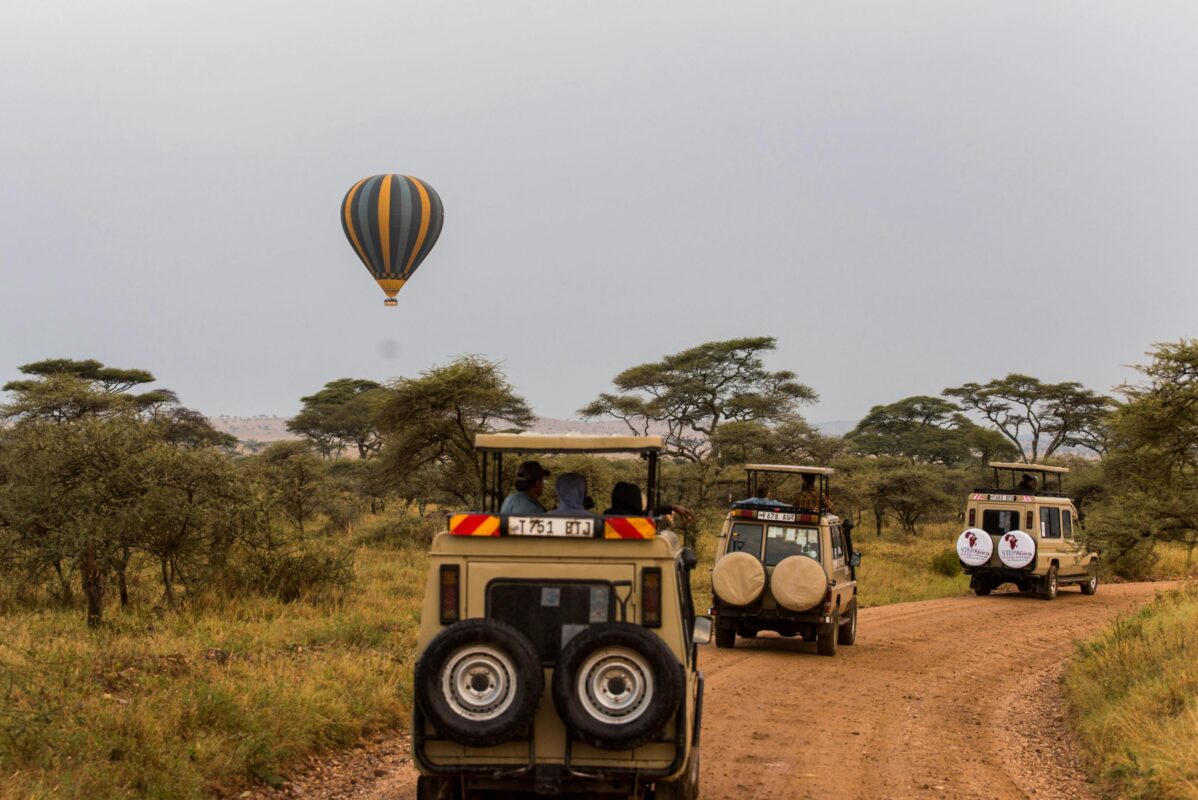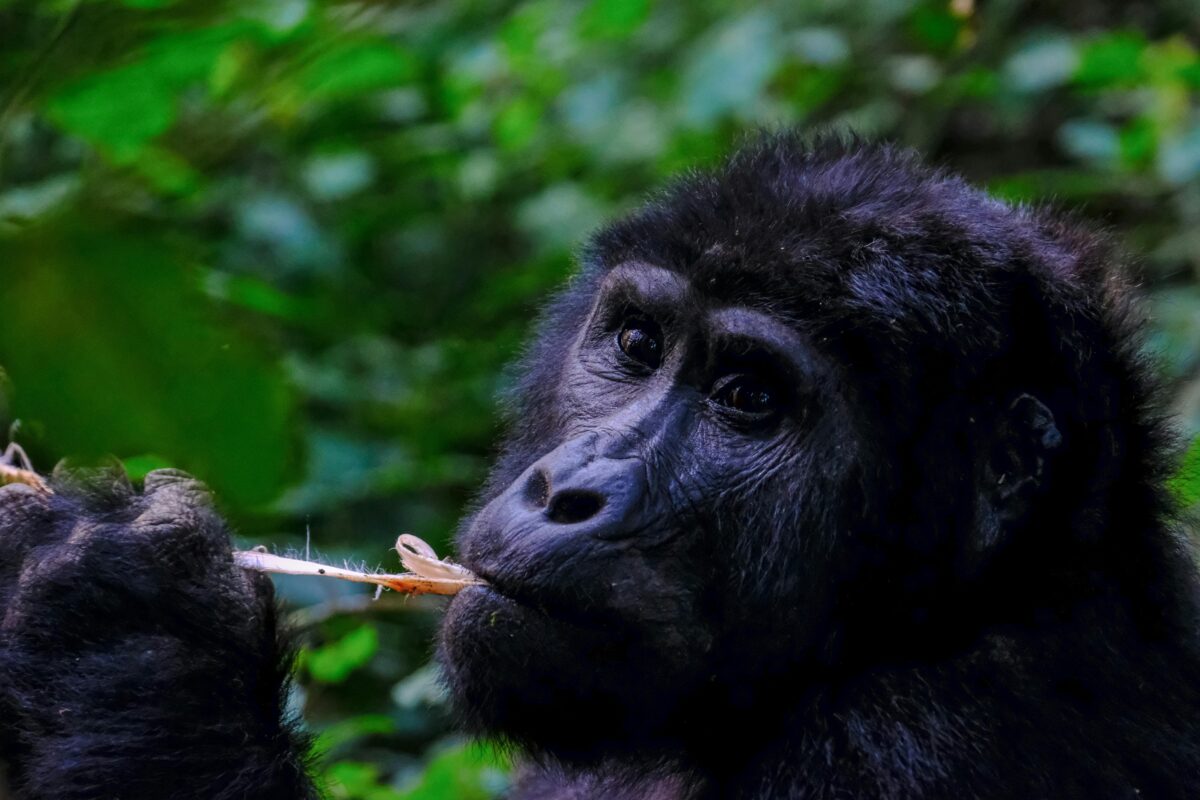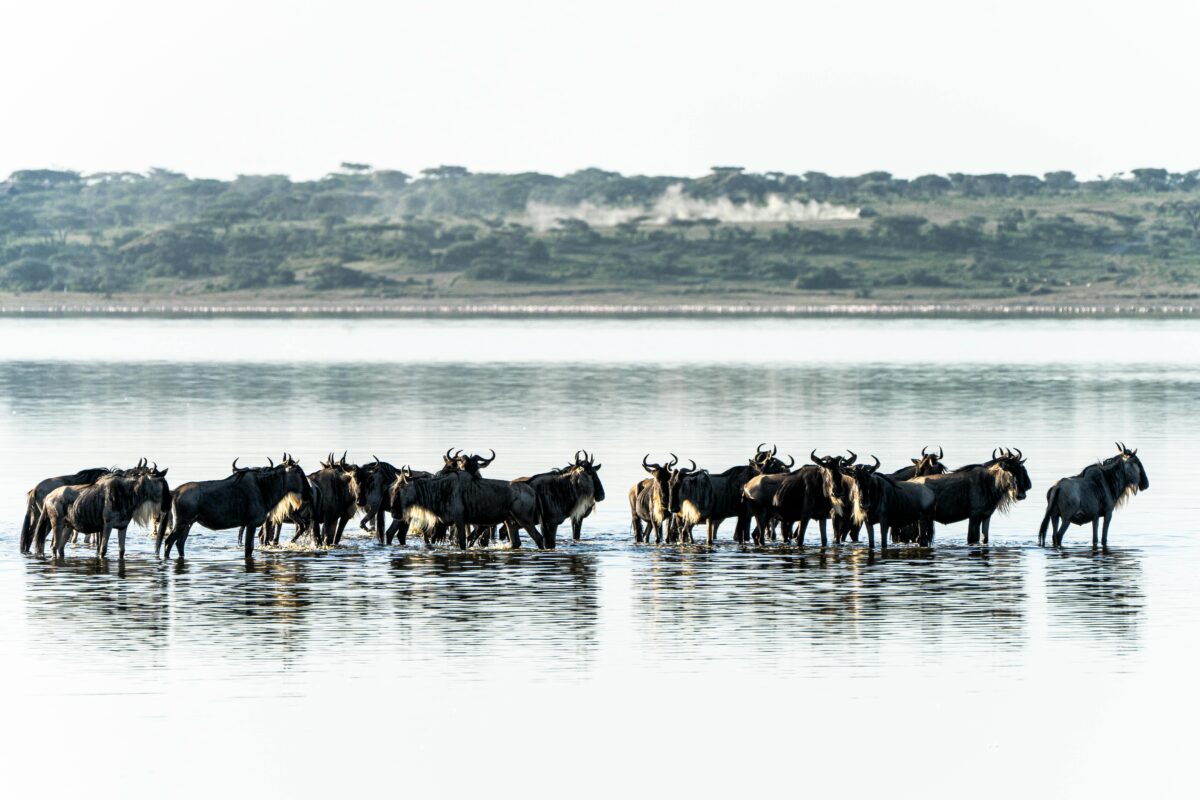The wildebeest migration in Kenya is one of the world’s greatest natural spectacles. Every year, over 1.5 million wildebeest, zebras, and gazelles cross from Tanzania’s Serengeti into Kenya’s Masai Mara National Reserve. If you’re planning a safari, knowing the best time to visit Kenya for the wildebeest migration is key.
This guide highlights the 5 best times and seasons you should consider, with practical tips to make your safari unforgettable.
2. July – The Start of the Migration
July marks the beginning of the migration in Kenya. As the dry season sets in, the herds start moving into the Masai Mara. This is when you’ll see the first dramatic Mara River crossings, where wildebeest battle crocodile-infested waters in a breathtaking fight for survival.
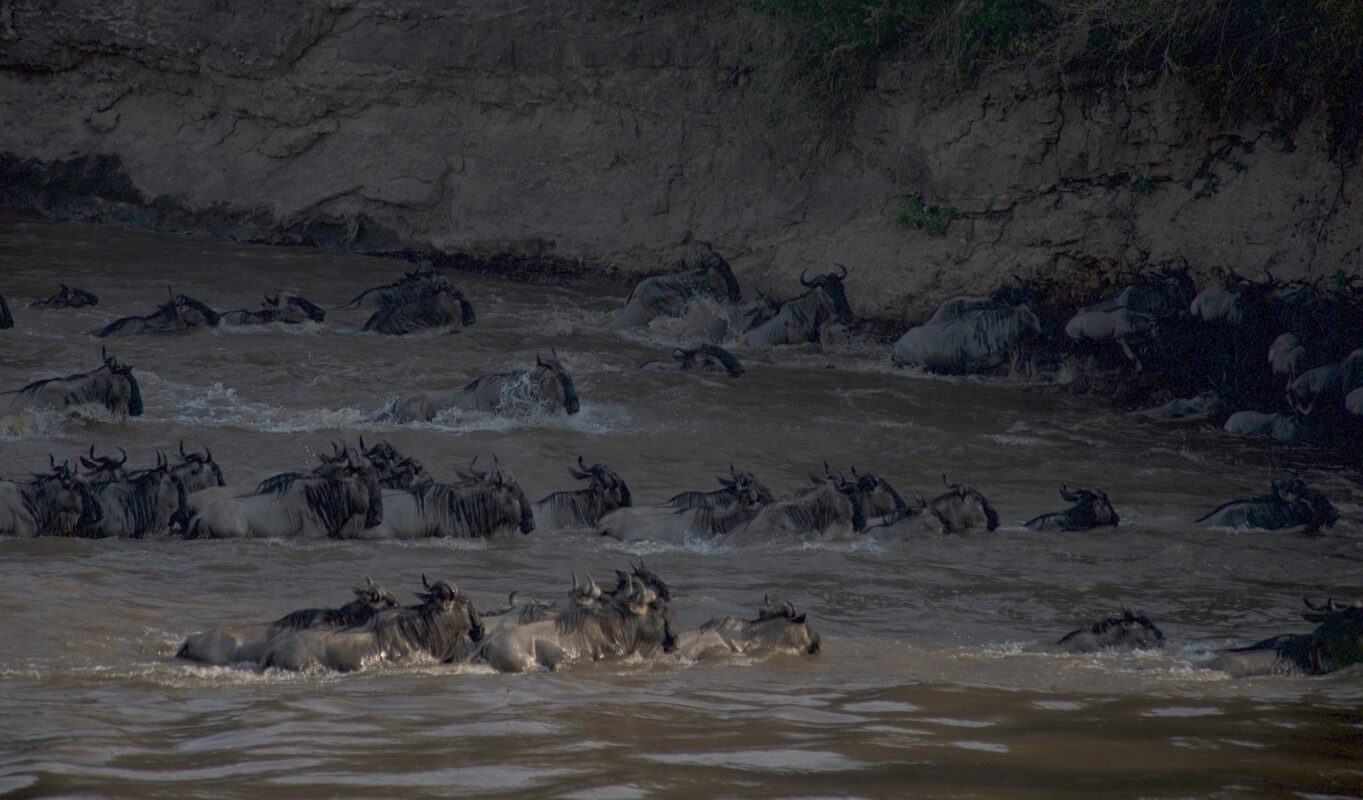
2. August – Peak of the Migration
If you want the best chance of witnessing massive herds, August is the time to go. The savannah comes alive with predator-prey encounters, especially lions and cheetahs hunting among the migrating herds.
👉 According to Magical Kenya, this is one of the busiest safari months, so early booking is essentials
3. September – Ideal for Fewer Crowds
By September, the wildebeest are still in the Mara, but the safari crowds start to thin. This makes it one of the best seasons for photography and quiet game drives. You’ll still catch river crossings and predator action, but with a more exclusive feel.
4. October – The Return Journey
October signals the last leg of the migration as herds begin moving back south to the Serengeti. While crossings may be fewer, the sheer numbers of wildebeest grazing in the Mara plains still offer unforgettable sightings.
5. June & November – Shoulder Seasons
If you want value and fewer tourists, June (before the herds arrive) and November (just after they leave) are good options. You won’t see the peak migration, but you’ll enjoy rich wildlife viewing, pleasant weather, and discounted safari packages.
👉 Explore safari options at SafariBookings.
Travel Tips for the Wildebeest Migration
-
Book Early: Camps and lodges fill up fast between July and October.
-
Stay Close to the River: Accommodation near the Mara River maximizes your chances of catching crossings.
-
Be Patient: Crossings are unpredictable. Sometimes it takes hours, but the wait is worth it.
-
Consider a Balloon Safari: Viewing the herds from above at sunrise is an unforgettable experience
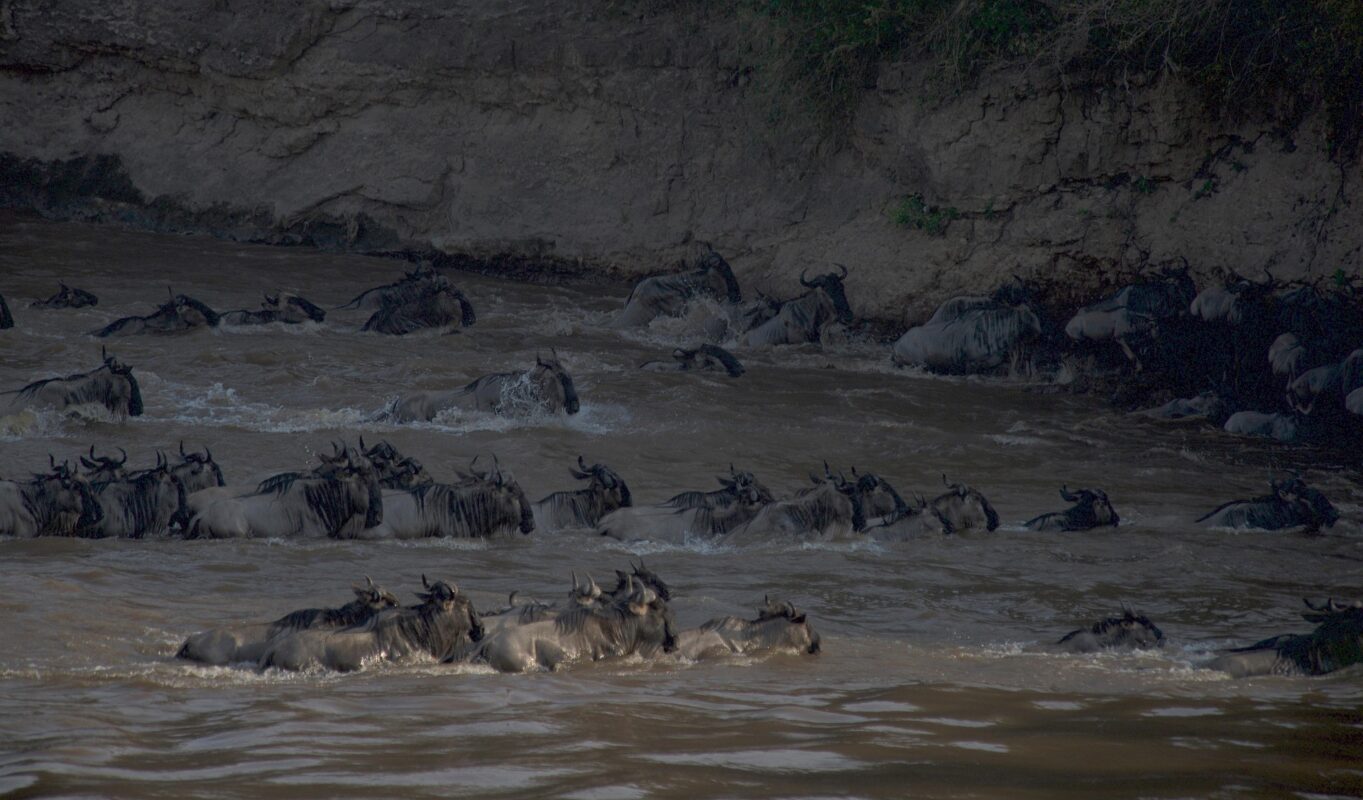
Final Thoughts
The best time to visit Kenya for the wildebeest migration is undoubtedly between July and October, with August and September offering the most dramatic action. During these peak months, the Masai Mara transforms into a natural theater where life and survival play out in breathtaking scenes. From the thunder of millions of hooves crossing the Mara River to the stealth of lions and cheetahs hunting in the tall grass, every day offers a new story.
What makes the wildebeest migration so extraordinary is not just the numbers, it’s the unpredictability. One moment you might witness thousands of wildebeest hesitating at the riverbank, and the next, a sudden surge sends them plunging into crocodile-infested waters. This raw display of nature is why the migration is often called the “Greatest Show on Earth.”
To make the most of it, plan your safari early, book accommodation near the migration routes, and give yourself enough days to increase your chances of witnessing a river crossing. No two safaris are alike, but all leave travelers with unforgettable memories. Kenya’s wildebeest migration is more than a trip; it’s an experience of a lifetime that will stay with you forever.
FAQs About the Wildebeest Migration in Kenya
Q1: When is the best month to see the wildebeest migration in Kenya?
👉 August and September are the peak months, though the migration lasts from July to October.
Q2: How long should I stay in the Masai Mara?
👉 At least 3–4 days are recommended to maximize your chances of seeing a river crossing.
Q3: Is the wildebeest migration guaranteed every year?
👉 Yes. While exact timings vary with rainfall, the herds always cross into the Masai Mara annually.
Q4: Can I see the Big Five during migration season?
👉 Absolutely! The Masai Mara is home to lions, leopards, elephants, buffalo, and rhinos alongside the migration.
Q5: What’s the best way to witness the migration?
👉 A mix of game drives and, if your budget allows, a hot air balloon safari for a unique aerial view.

